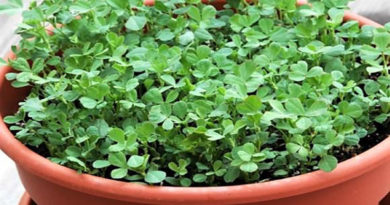Mushrooms Growing Guides | Easily Learn How to grow Mushrooms
Growing mushrooms can be a rewarding experience, whether you’re a beginner or looking to expand your gardening skills. Here’s a breakdown of growing mushrooms, from choosing your method to harvesting:
-
Choose Your Growing Method
There are several ways to grow mushrooms, ranging in difficulty and scale:
- Mushroom Growing Kits: These kits come with a pre-inoculated block of substrate, making it the simplest way to start. You essentially just need to mist the block and wait for the mushrooms to appear.
- Growing in Buckets: This involves purchasing mushroom “spawn” and inoculating your own chosen substrate. This offers more control and can be more cost-effective in the long run.
- Growing on Logs: Ideal for wood-loving varieties like Shiitake and Oyster mushrooms, this method involves inoculating hardwood logs with mushroom plugs or spawn. It’s a slower process but can yield mushrooms for several years.
-
Select Your Mushroom Species
Some mushrooms are easier to grow than others, especially for beginners:
- Oyster Mushrooms: Highly recommended for beginners due to their fast growth, resilience, and ability to grow on various substrates.
- Shiitake Mushrooms: Another popular choice, a bit more effort than oysters but very rewarding.
- Button Mushrooms: While common in stores, they require a specific composted substrate.
-
Prepare Your Substrate
The substrate is the material mushrooms grow on and from which they absorb nutrients. The type of substrate depends on the mushroom species.
- Sawdust Chips: Excellent for wood-loving mushrooms like Shiitake, Lion’s Mane, and many Oyster varieties. Hardwood sawdust is often preferred. Supplements like wheat bran can be added for extra nitrogen.
- Straw: A popular and inexpensive choice for Oyster mushrooms. It needs to be pasteurized to eliminate contaminants.
- Compost: Specifically formulated compost is used for Button mushrooms.
Harvesting
Mushrooms are typically ready when their caps have fully formed and, for many species, the edges begin to curl slightly. For some, like oysters, they are best harvested before the caps flatten out completely. Gently twist or cut the mushrooms at the base of the stem. Avoid pulling, as this can damage the mycelium for future flushes.
20 total views, 1 views today




